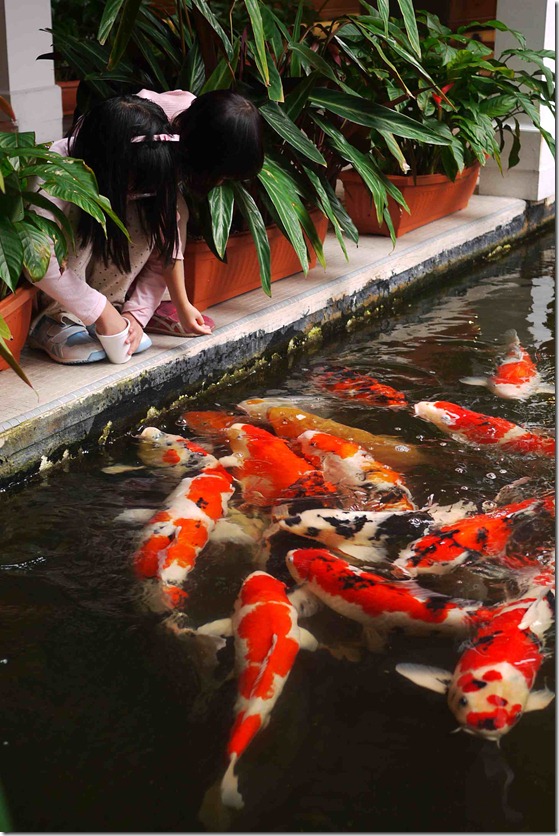
10 Easy Tips to Keep Your Koi Pond Healthy
Introduction
Koi ponds are a beautiful addition to any garden or landscape. However, keeping your koi pond healthy requires some knowledge and effort. In this article, we will go over 10 easy tips to help you keep your koi pond in tip-top shape.
Tip #1: Choose the Right Location
Choosing the right location for your koi pond is crucial. Avoid placing your pond in direct sunlight as it can cause excessive heat and algae growth. It’s also important to avoid areas where there’s too much traffic, as this can disturb the water and stress out your fish. Finally, make sure your pond is placed in an area with good drainage to prevent flooding.
Tip #2: Install a Quality Filtration System
A good filtration system is essential for keeping your koi pond healthy. It helps remove debris, excess food, and waste products that can harm your fish and promote bacterial growth. There are many types of filters available, so be sure to choose one that is appropriate for the size of your pond and the number of fish you have.
Tip #3: Monitor Water Quality
Regularly testing your water quality is crucial in maintaining a healthy koi pond. Keep an eye on the levels of pH, ammonia, nitrites, and nitrates, as these can affect the health of your fish. There are many water testing kits available that are easy to use and can help you identify any potential problems before they become serious.
Tip #4: Feed Your Fish Properly
Feeding your koi fish is one of the most enjoyable parts of having a koi pond. However, overfeeding can be detrimental to the health of your fish and cause excess waste in the pond. Follow a feeding schedule and only give your fish as much food as they can eat in a few minutes. You can also feed them a balanced diet that meets their nutritional needs.
Tip #5: Control Algae Growth
Algae growth is a common problem in koi ponds, and it can harm your fish by reducing the oxygen levels in the water. To control algae growth, use algae treatments or add plants to your pond. Plants not only help prevent algae growth, but they also provide shade for your fish and add to the overall aesthetic of your pond.
Tip #6: Remove Leaves and Debris
Removing leaves and debris from your pond is important as it can clog your filter and cause problems with water quality. Use a pond net to remove anything that falls into your pond, including leaves, twigs, and dead insects.
Tip #7: Maintain Proper Water Level
Maintaining the proper water level in your koi pond is key. Water levels that are too low can put stress on your fish, while water levels that are too high can cause flooding and damage to your pond. Be sure to monitor the water level regularly and make any necessary adjustments.
Tip #8: Quarantine New Fish
If you’re adding new fish to your koi pond, it’s important to quarantine them first. This helps prevent the spread of diseases and parasites that can harm your existing fish. Quarantine new fish for at least two weeks before adding them to your pond, and keep a close eye on them for any signs of illness.
Tip #9: Clean Your Pond Regularly
Regularly cleaning your koi pond is important in keeping it healthy. This includes removing any debris, scrubbing the sides of the pond, and performing water changes as needed. It’s a good idea to do a full pond cleaning at least once a year to prevent any buildup of toxins and waste products.
Tip #10: Enjoy Your Pond
Finally, don’t forget to enjoy your koi pond! Taking care of your fish and maintaining the pond can be a rewarding experience, and it’s important to take the time to appreciate the beauty of your garden oasis.
Conclusion
Keeping your koi pond healthy requires some effort, but the rewards are well worth it. By following these easy tips, you can enjoy a beautiful and healthy koi pond for years to come.







